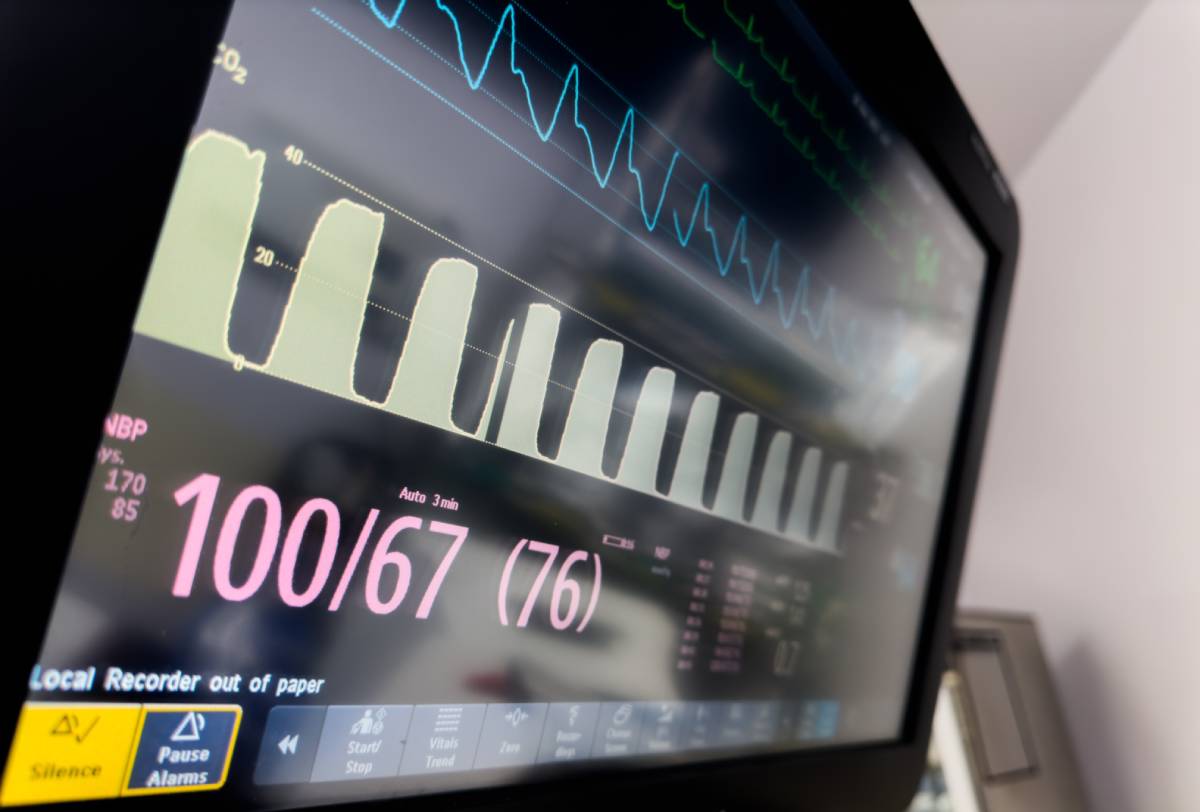Repurposing anesthetic drugs for the treatment of depression represents a fascinating and rapidly evolving area of medical research, blending the fields of psychiatry, neurology, and anesthesiology in novel and unexpected ways. The journey into this field begins with a serendipitous discovery regarding the rapid antidepressant effects of ketamine, a drug traditionally used for anesthesia. Unlike conventional antidepressants that often take weeks to exert their effects, ketamine has been found to provide relief from depressive symptoms within hours, even in individuals who have not responded to other treatments.
This discovery has ignited significant interest in the potential of anesthetic drugs in treating depression. Researchers are delving into the mechanisms through which these drugs exert their effects on the brain, with a keen focus on their action on neurotransmitter systems, such as glutamate, which plays a critical role in mood regulation and neuroplasticity. Unlike traditional antidepressants that primarily target the serotonin system, ketamine influences the NMDA receptors, which are a part of the glutamate neurotransmitter system. This action leads to a rapid increase in synaptic connections in brain regions involved in mood regulation, such as the prefrontal cortex and hippocampus, offering a new avenue for therapeutic intervention.
The implications of these findings are profound. For individuals suffering from treatment-resistant depression, repurposed anesthetic drugs like ketamine offer a beacon of hope. The rapid onset of their effects can be life-saving for those in acute crisis, providing rapid relief from debilitating symptoms. This is particularly important considering the high risk of suicide associated with severe depression. The potential to break the cycle of ineffective treatments and prolonged suffering is a major advancement in mental health care.
However, the repurposing of anesthetic drugs for depression is not without challenges. The most notable of these is the need to balance efficacy with safety. Ketamine, for instance, can produce dissociative effects and has the potential for abuse. This necessitates careful monitoring and control in its clinical use. Moreover, the long-term effects of these treatments are still not fully understood, raising questions about the implications of their prolonged use. Researchers are therefore actively investigating the optimal dosing, administration routes, and treatment regimens that maximize benefits while minimizing risks.
Another intriguing aspect of this research is its potential to shed light on the underlying biological mechanisms of depression. By understanding how anesthetic drugs affect brain function and alleviate depressive symptoms, scientists hope to gain deeper insights into the pathology of depression itself. This could pave the way for the development of more targeted and effective treatments, moving beyond the one-size-fits-all approach that has dominated psychiatry for decades.
Additionally, the repurposing of anesthetic drugs for depression underscores the importance of cross-disciplinary collaboration in medical research. It exemplifies how insights from one field can revolutionize practices in another, leading to innovative treatments that could significantly improve patient outcomes. This collaborative spirit is driving forward the exploration of other anesthetic and psychoactive compounds for their potential mental health benefits, expanding the horizons of psychiatric treatment.
In conclusion, the repurposing of anesthetic drugs for the treatment of depression is a vibrant and promising field of research that stands at the intersection of various medical disciplines. It challenges conventional understanding of psychiatric treatment and opens up new possibilities for individuals who have suffered from the debilitating effects of depression. As research progresses, it holds the potential not only to provide immediate relief for those in need but also to deepen our understanding of depression and revolutionize the way it is treated. The journey from operating rooms to psychiatric clinics is just beginning, and the future looks promising as we explore the full therapeutic potential of these versatile drugs.

